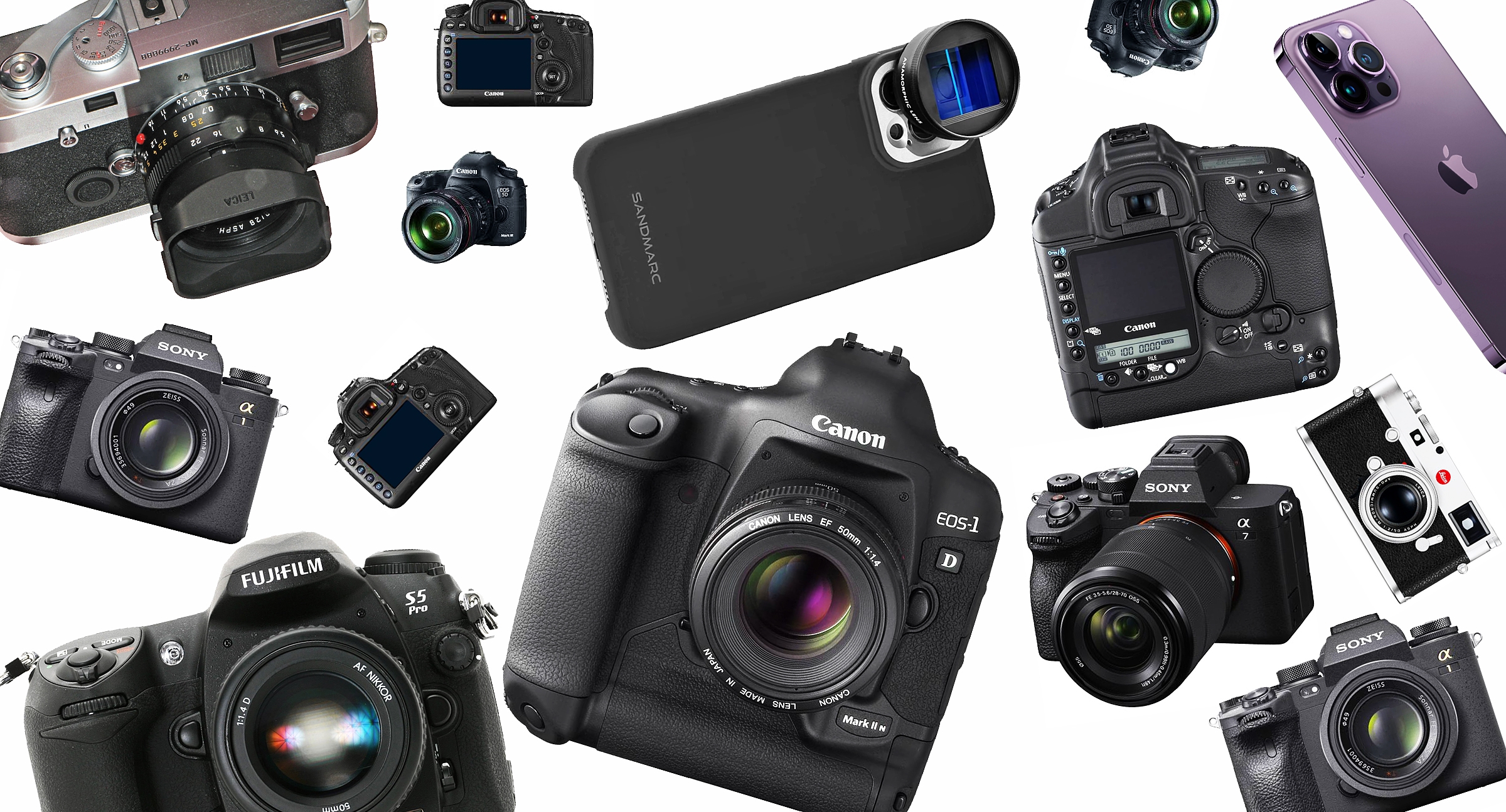
Five on Photography
ASC members open up about their still-photography tools, techniques and philosophies.
Ask five different cinematographers the same five questions about their photographic work, and you will get five very different answers. Though the basic premise of capturing light is essentially universal, what makes each approach unique is the artist’s decision to frame a particular subject at a particular moment in time.
That process is driven by two factors: the technical and the aesthetic. Simply knowing what camera or lens an artist uses only satisfies the intellectual side of the craft, and one must look past it to the artist’s feelings to begin to understand the labor that brought it into existence.
We asked each cinematographer the following: What camera make and model do you use? What lenses? What camera settings and automated functions? Do you use optical filters or other accessories? How do you like to shoot? More than anything else, these questions are kindling — meant to spark deeper conversations about observing the world, disciplining oneself, and being open to the unexpected.
Oliver Bokelberg, ASC
Stealth and Simplicity
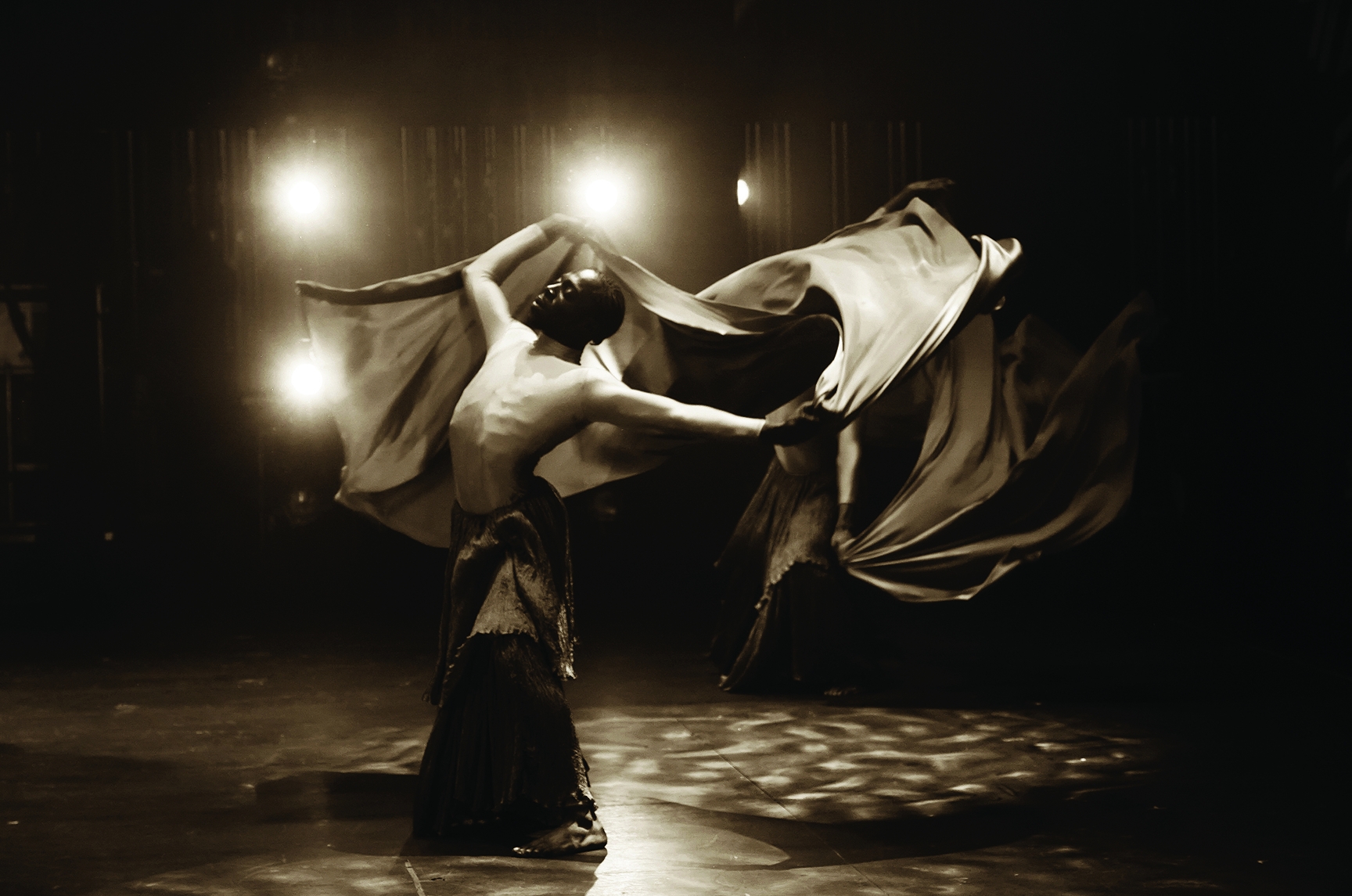
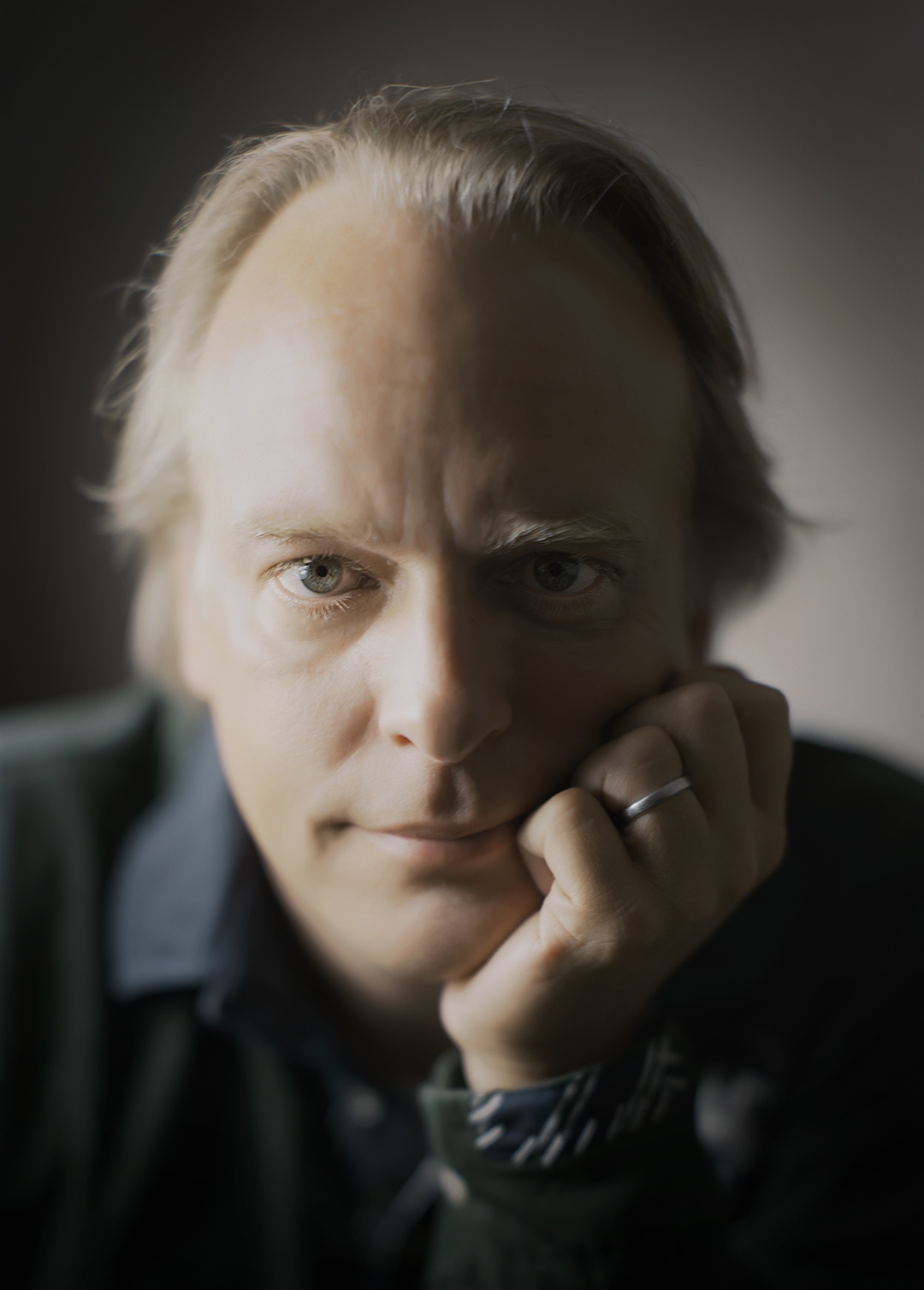
I shot and directed a documentary called Dance Dreams for Netflix, about the Debbie Allen Dance Academy’s production of Hot Chocolate Nutcracker. Between filming, I took pictures with my Sony a6500 and a7S. This photo is one of them.
I use different cameras — the Sony Alpha 1, the a6500 and the a7S, as well as the 35mm Leica M6. The best camera is the one I carry with me — often, my iPhone 14. I enjoy the discipline of the Leica’s 36 images, as it gets me the highest percentage of quality photos, but if I want to grab a bunch of shots, I will pick the A1. For travel and scouting, most often the a6500 comes in handy. I usually set my camera to “aperture priority” and “auto white balance.” Depending on the situation, I will use manual or autofocus, and record to both raw and a high-quality jpeg.
In choosing my cameras, I put an emphasis on size and weight, as well as performance: I like them to be as compact as possible, and the lighter my camera gets, the more likely I am to carry it with me. I prefer to discipline myself with prime lenses, like Sony’s FE 24mm f/2.8 and 40mm f/2.5 G — except on location scouts, when I will use the FE 16- 35mm f/2.8 GM zoom. My favorite lens might be the Leica 50mm f/1.0 Noctilux. Its images are simply beautiful — inherently soft with a perfect bokeh. Lens caps just get in the way, so I use clear optical filters instead.
Being compact helps the photographer blend in. Photographer Weegee used a 90-degree lens to shoot surreptitiously. It’s the same idea: to be stealth. Beyond that, it’s about keeping the technology simple, so that you are always ready and don’t miss the shot.
Mandy Walker, ASC, ACS
Dreamlike and Painterly
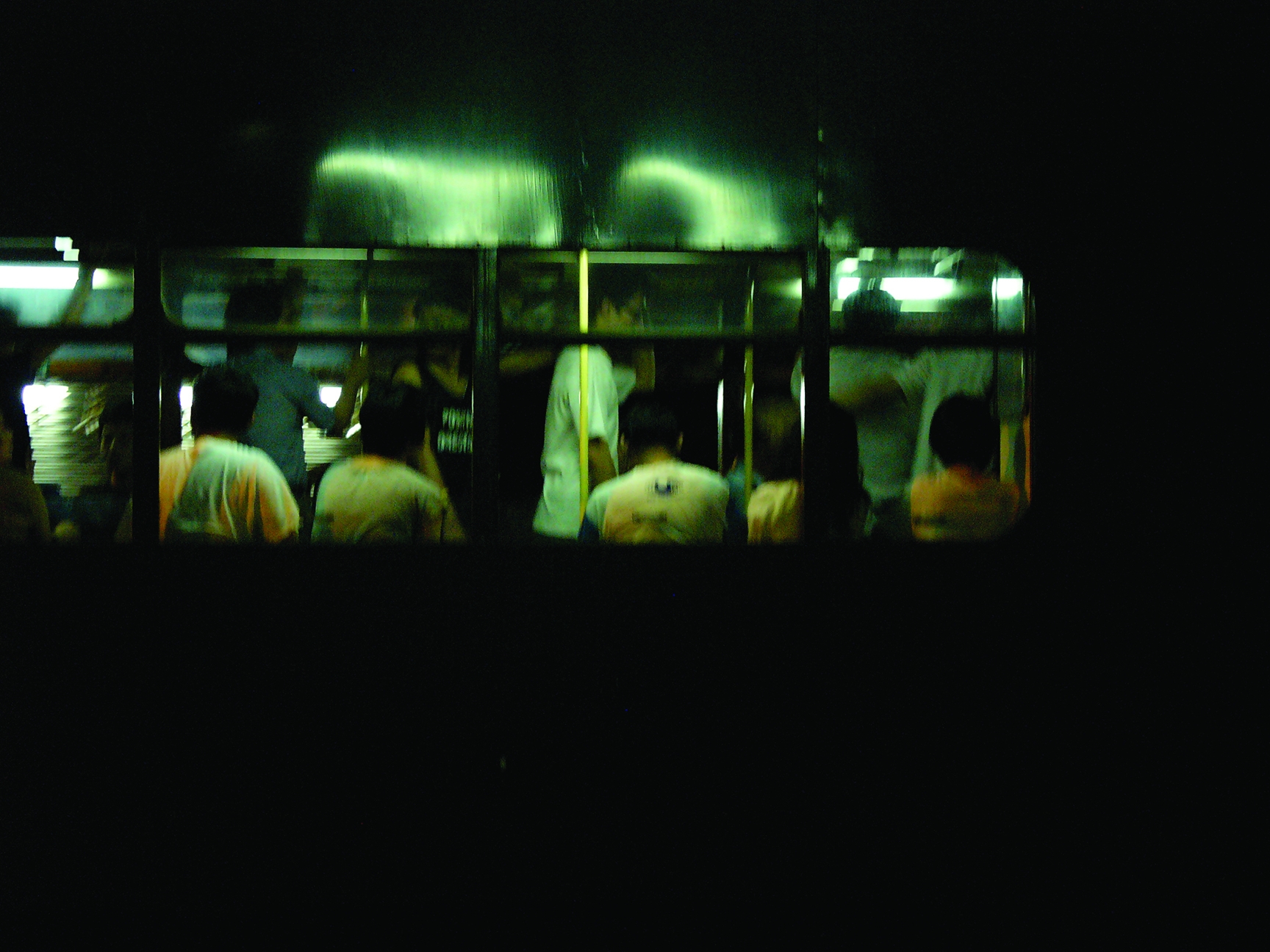
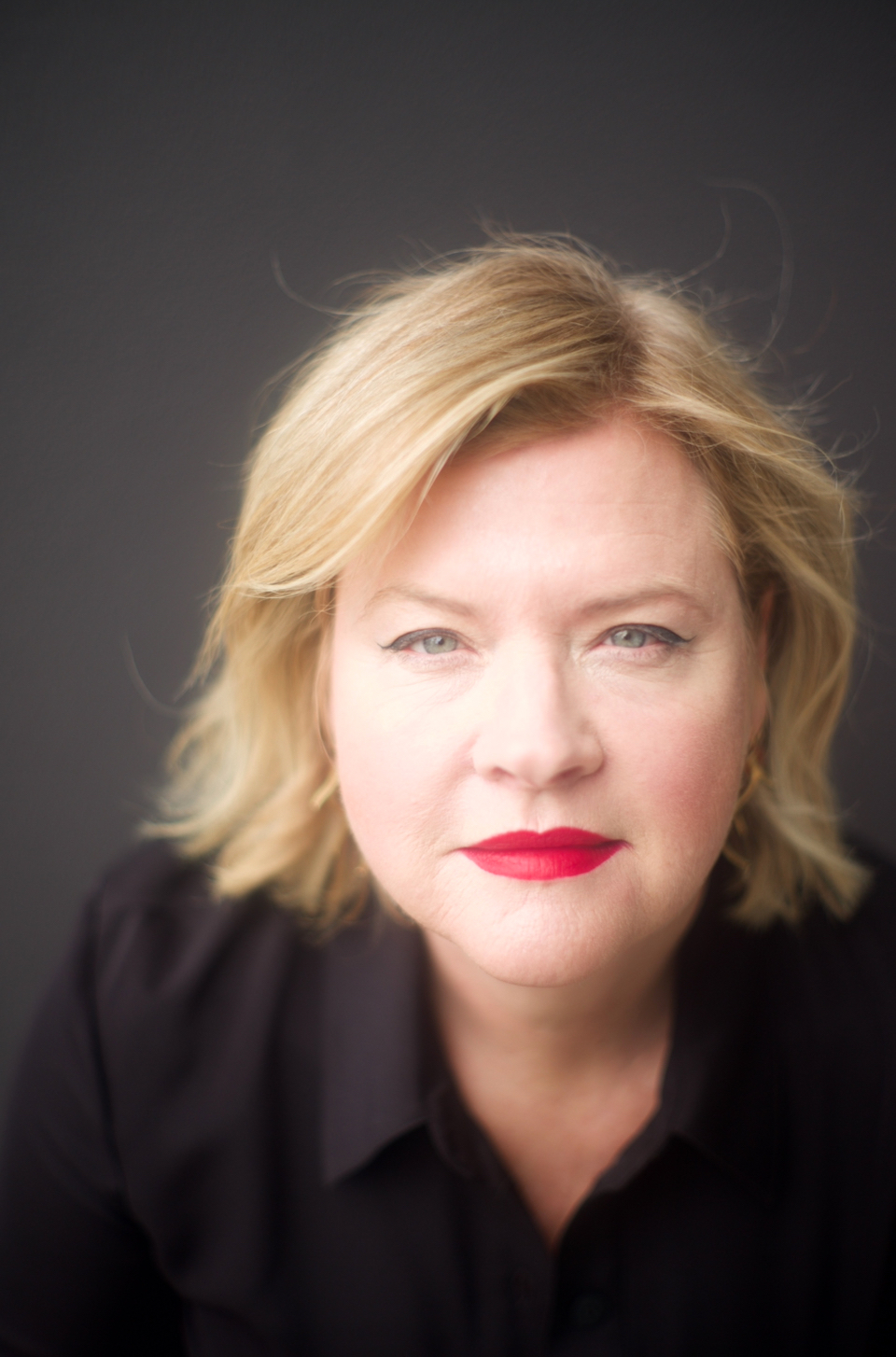
I took this photo with a Leica Digilux 2 point-and-shoot in 2006, while scouting a Coca-Cola commercial in Hong Kong. We went out for dinner and caught a tram home. When we got off, I took a shot of these guys in white T-shirts on their way home from work.
Now, I’m mostly using a Leica M-P (Typ 240) digital rangefinder camera. I like it because it takes my M-series lenses: an M28mm, 35mm, 50mm, 75mm, 90mm and 135mm. I like the M-series Leica lenses because they have a vintage feel, and they’re not super-sharp or “perfect.” Like with cinema, I prefer a still photo to be more dreamlike and painterly than real life.
I haven’t moved on to the M10 or M11 because my current Leica also shoots video, which is good for scouting and having on-set for shooting rehearsals and stills together. On Elvis (AC, Dec. ’22), I used it all the time in prep, and my daughter Ruby used it to shoot unit and behind-the-scenes stills during production. I normally shoot stills with as low an ISO as possible, at max-resolution raw, either wide open on the aperture of the lens or one-stop closed, and let the shutter be whatever works for that stop — as long as it’s not too slow to be blurry if it’s an action shot. I like to get most of the look of a photograph in camera, but I don’t use filters. I let the lenses be the look.
Alice Brooks, ASC
Remarkable Moments, Captured Simply
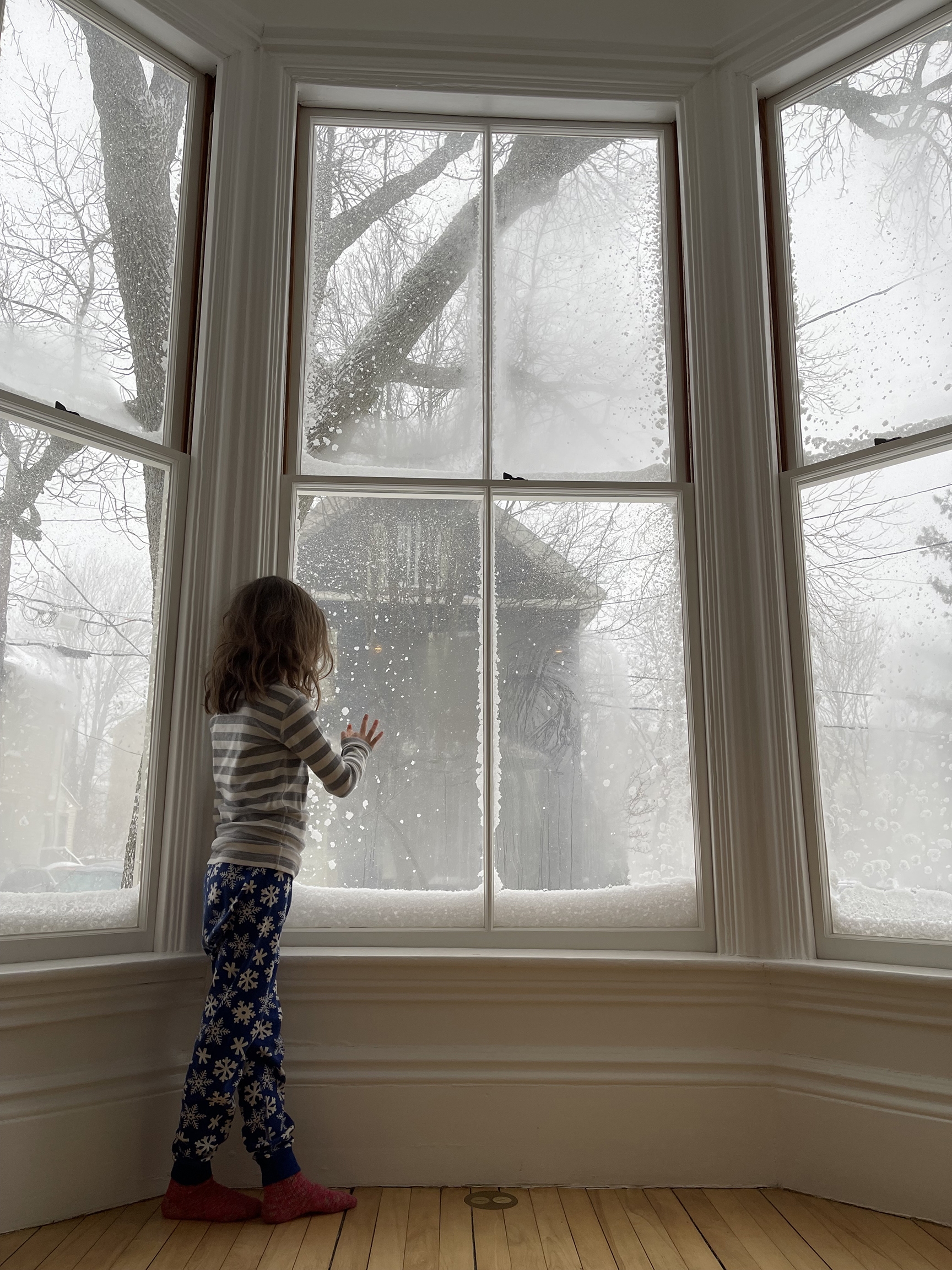
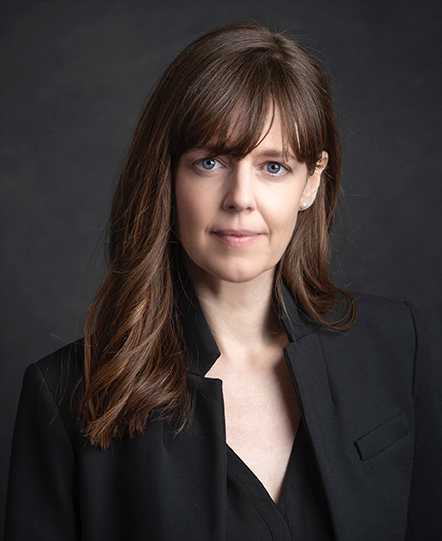
I love to travel lightly, and I very rarely photograph anything but my child. With an iPhone, I love that I can easily capture the instant magic that a child creates. These moments pass so quickly. Like all parents, I walk into a room and see my child doing something new or remarkable, or even just sleeping, and it’s a moment that I want to capture forever.
Using the iPhone’s built-in Camera app, I can take maybe 15 photographs of the same thing. If I’m desqueezing from my Moment 1.33x anamorphic lens, I’ll use Moment’s Pro Camera app. The lens was given to me by director Jon M. Chu when we were working on In the Heights (AC Aug. ’21). It was a useful tool because we shot anamorphic on that film and used the cameras on our phones to plan out shots. It’s been in my backpack ever since.
If I capture what feels like a spectacular moment, I’ll throw it into the VSCO app, color grade it — adjusting the contrast, white balance and color balance — and add it to a digital album of special photos. I don’t print anything out. I have a beautiful house with high ceilings and white walls and nothing on them. I’m always surrounded by media and I like my home to be a retreat from that part of my life. I am a minimalist. That’s part of why I like the iPhone. It’s very simple.
Jacek Laskus, ASC, PSC
Finding the Best Tool
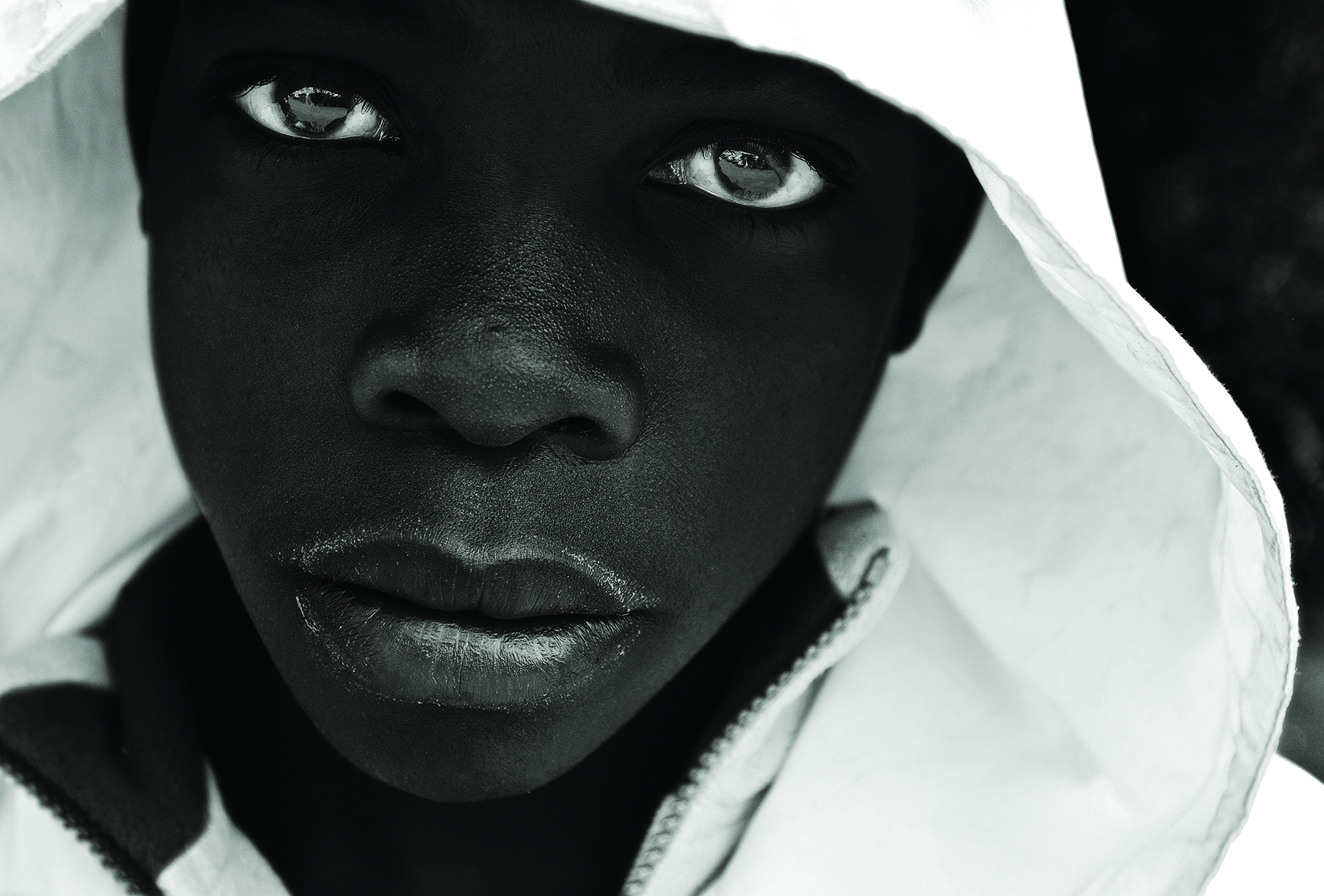
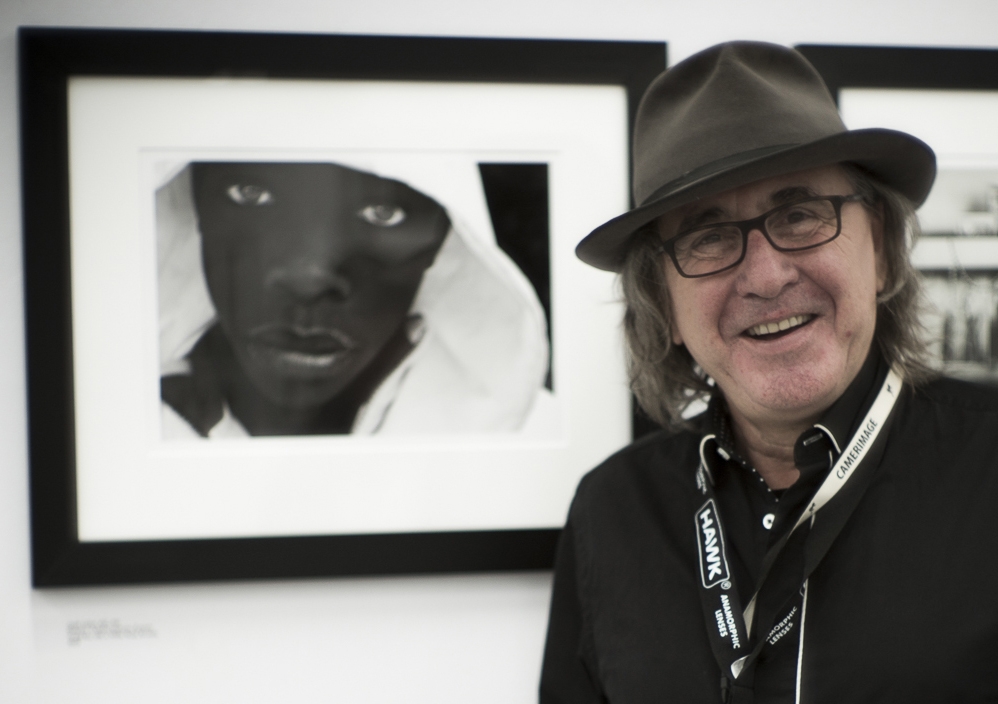
This picture was taken about 14 years ago. I got the Fujifilm FinePix S5 Pro because I had the S3 before that, and the S5 was a newer model with extended dynamic range and higher [photosite count]. I liked that it’s a good Nikon D200 body with a Fujifilm Super CCD sensor, which has octagonal pixels rather than square. I use Nikon lenses, most of the time a 17-35mm f/2.8 zoom, which this picture was taken with. It’s a really great lens, because I like to be close to my subject and photograph faces with wide-angle lenses — and having the ability to zoom, even with that small range, allows you to control the perspective distortion and be a little more spontaneous. I also used the Canon 5D Mark III to shoot portraits for a book about Polish filmmakers in Hollywood and found that the Canon 85mm f/1.2L is a really beautiful lens for that kind of work.
In the way of settings, I’ll go into either aperture or shutter priority. If, say, I want to get a certain depth of field, I will choose the aperture priority and then change the shutter speed. I never shoot fully automatic because I like to have some control over how I expose.
Right now, I’m shooting with the Leica because it doesn’t weigh a lot and it has great dynamic range and beautiful image quality. It’s a little slower to shoot with because I have to manually focus, which I find to be kind of a challenge. It’s just a different process, and I don’t even know if I would have been able to capture this particular image with the Leica. A camera is basically a tool that you choose for a specific project — you just have to find the best tool for what you have in mind.
James Neihouse, ASC
An Organic Image
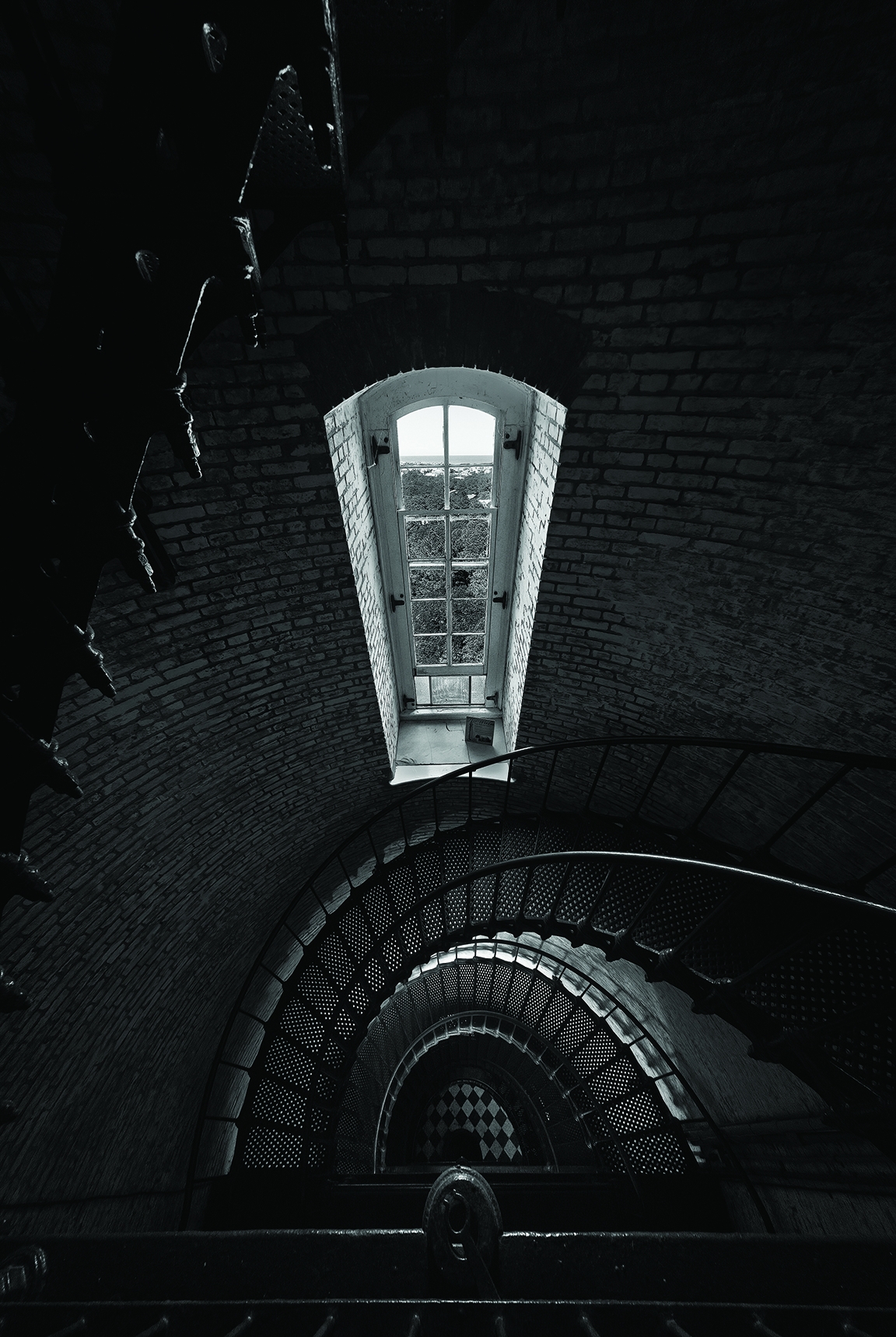
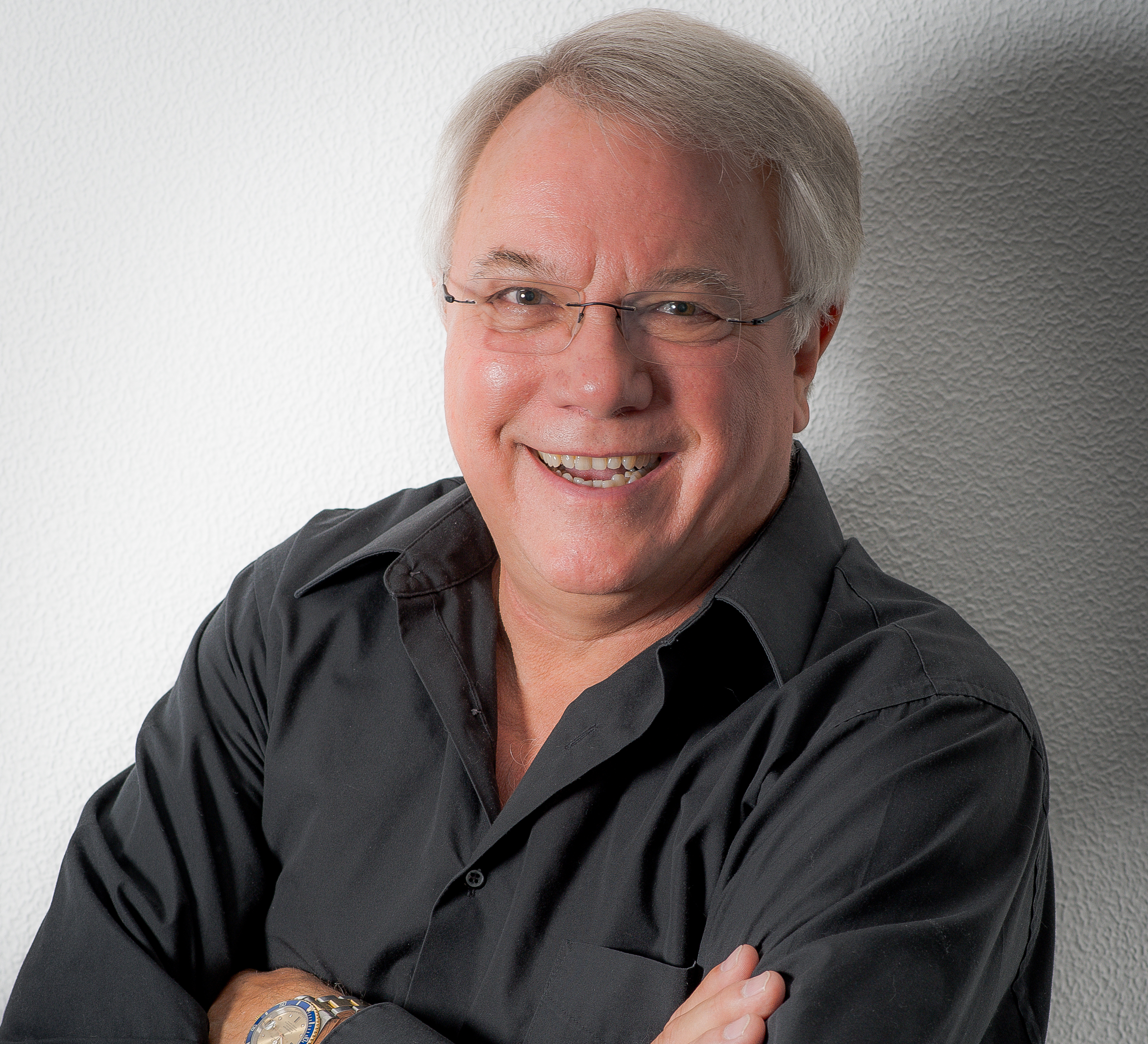
I was on a trip to photograph lighthouses on the Outer Banks of North Carolina and ended up at the Currituck Beach lighthouse earlier than I wanted for the light, so I decided to climb up to the lantern room to check out the view. I was mesmerized by the spiral stairs and spent most of my time shooting inside the structure. For this image, I knew I had to carefully balance my exposure to retain some detail outside the window, so I picked a window that was mostly looking out at the green foliage.
For my still work, I shoot with a variety of Canon cameras: EOS-1D X for high-speed continuous shooting, the EOS 5DS R for its 50-megapixel resolution, and the EOS R for its small and light form factor. Most of my still photography is done with Canon glass. I like the way it looks with their sensors. The sharpness and contrast of their lenses, combined with the dynamic range of the sensor, just seem to fit the way I shoot. I feel that I get a more organic, filmlike image. I have a variety of focal lengths, from full-frame fisheye to 800mm. For some landscapes, I’ll use a tilt-shift lens. For the photo shown here, I used an EF 8-15mm f/4L Fisheye USM.
Mostly, I shoot around f/8 to f/11 for landscapes and do a lot of focus stacking. I use several different filters, all Tiffen, including a polarizer to reduce haze and control glare, a 3-stop graduated ND to control skies in my landscapes and the foreground during long nighttime exposures, and 4- and 10-stop NDs for long daylight exposures. With wildlife, I try to shoot a tight stop — f/16 to f/22 — for the increased depth of field, which means I have to shoot at higher ISOs than I normally do to get a faster shutter speed for controlling motion blur. I use Topaz Labs’ DeNoise AI on those images.
What I’m shooting determines my configuration. I use long lenses with the 1D X when photographing wildlife, and work off a Really Right Stuff tripod with an FG-02 gimbal head. For landscapes, I primarily shoot with the 5DS R and treat it like a view camera. I use a Hoodman loupe magnifier on the rear display screen to help me set critical focus.
I almost never use automatic functions on a camera — which, I guess, is a throwback to my film days — though I do use autofocus and find Canon cameras to be very accurate in this regard. ISO is almost always at the native for the camera I’m using, and I always shoot raw images, with the least amount of compression, because I want the best “negative” to work with in post.






